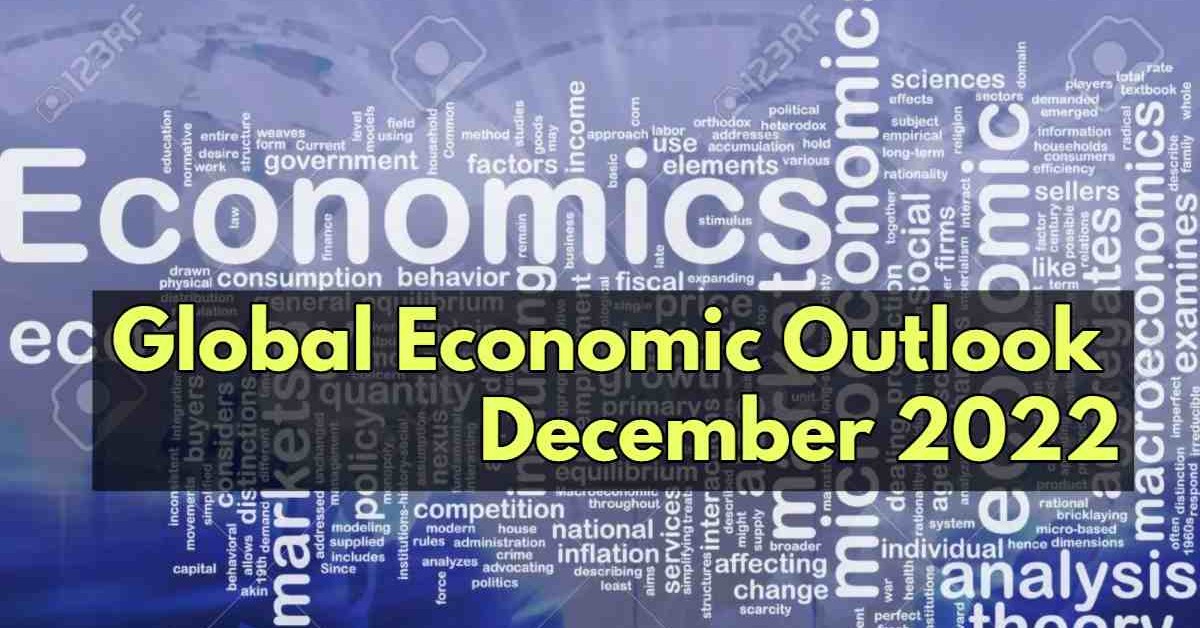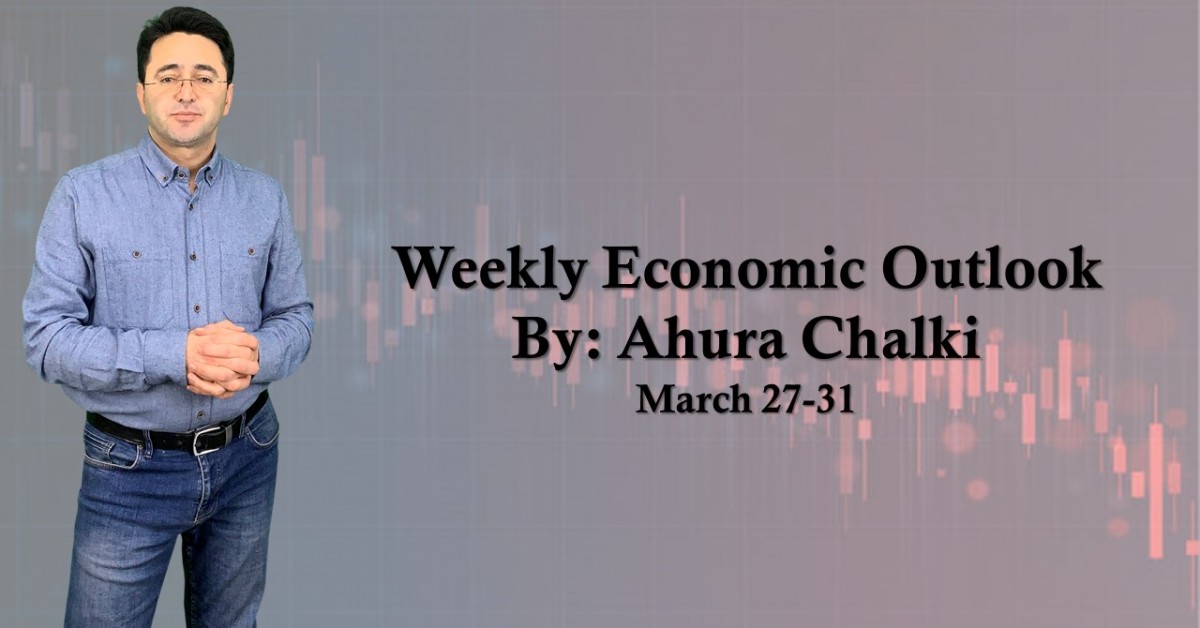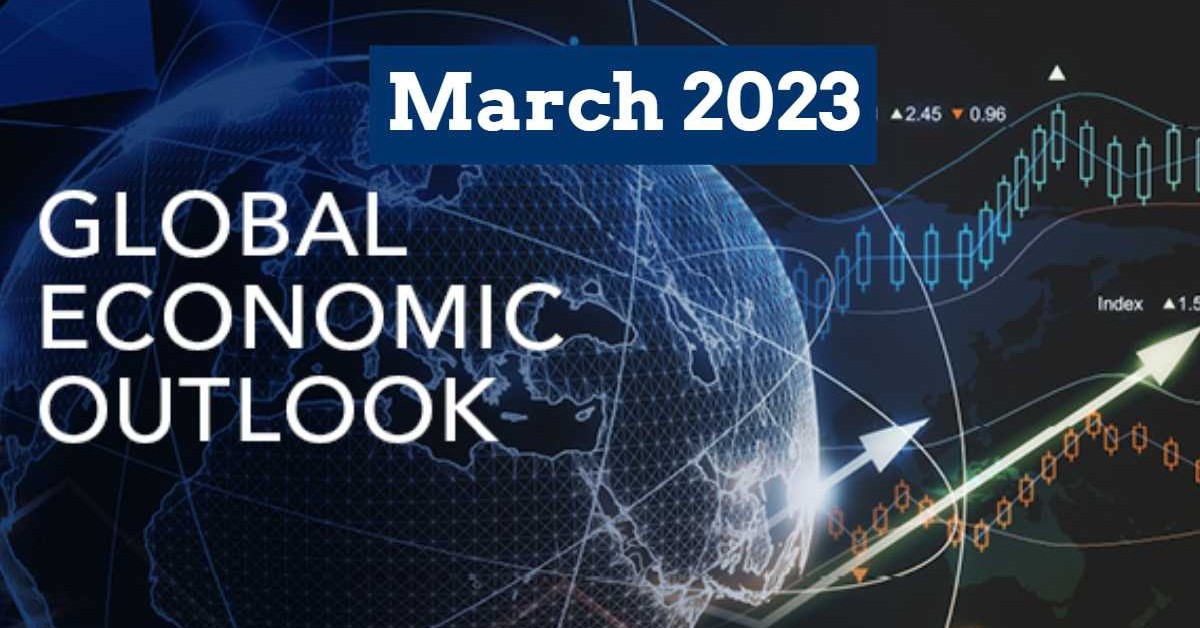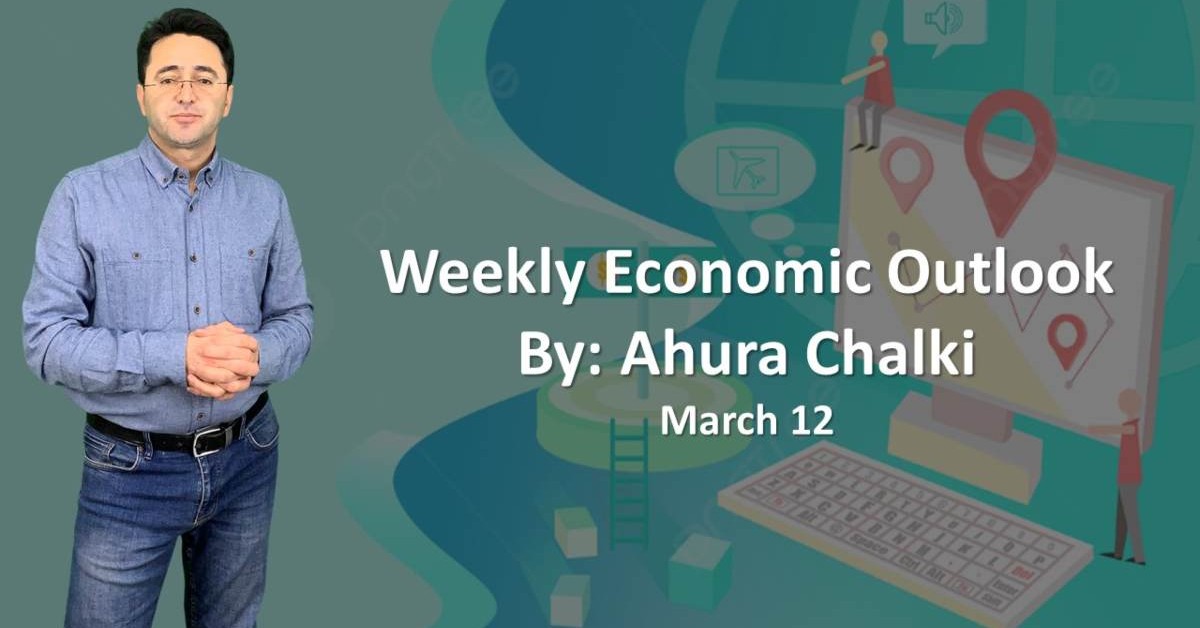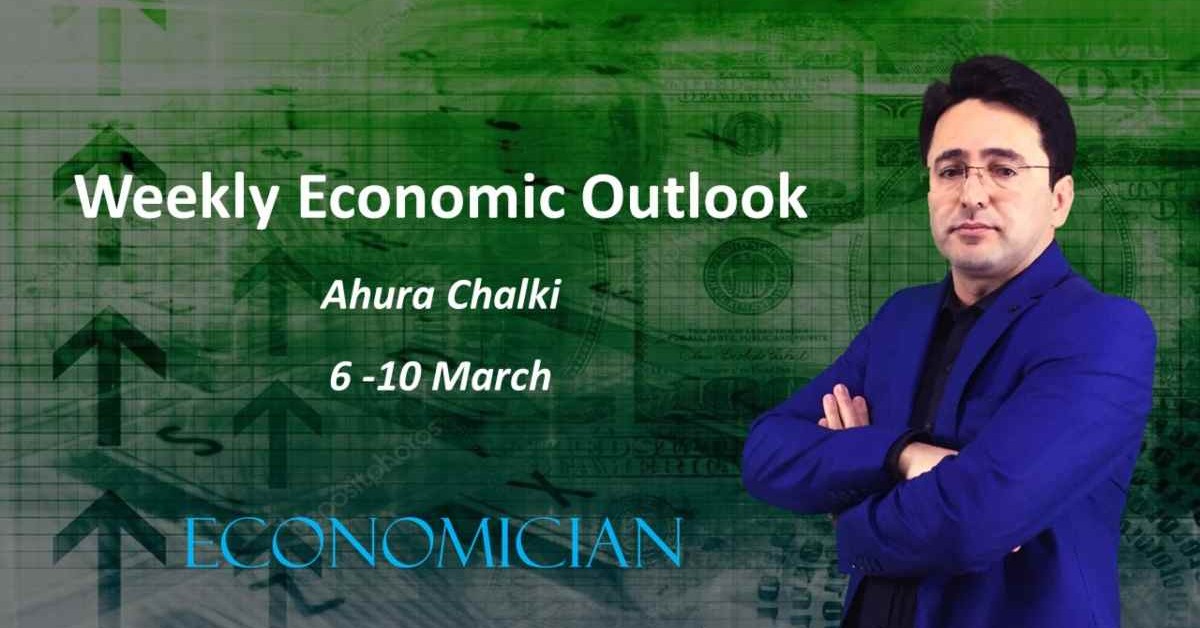Everything is about Inflation and Interest Rates!
Fears over a deep recession have made policymakers think twice before going towards more tightening policies. Therefore, the outlook of less hawkish policies changed the market sentiment at the end of November. Many analysts and market participants believe that Fed will likely slow its rate hike pace by making a 50-basis-point rate hike in its December 14 meeting.
In China, the situation is somewhat mixed after protests forced authorities to reconsider their COVID approach. However, we should recognize the risk of the rapid growth of the coronavirus, which has become more robust and contagious.
Furthermore, Central Bank policies and price caps for Russian Oil are the leading market drivers in Europe. Let us review the leading symbols and market predictions for them in December.
US Dollar
November was the worst month since 2010 for the US dollar, with about a 6% loss. The main reason for the US dollar decline was the decrease the market risks. We had more signs that Fed will increase the rates by only 50 basis points, and Chinese authorities also said they would ease Covid restrictions and quickly reopen the economy. Both these signs helped the market relax and be more confident about the continuous growth of the economy. Confidence helped the market sentiment to rise and stock markets to grow and decrease the US dollar demand.
For December, a central focus for the US dollar will be the last meeting of the Federal Reserve in 2022. Market participants expect fewer hawkish decisions comparing previous months. However, due to high inflation, which is about three times higher than the central bank's goal, we should still wait for at least a 50 basis point rate hike.
On the other hand, since we are getting closer to the New Year holidays, which usually coincide with an increase in retail sales and even short-term employment, we should wait for more positive economic data, which can increase the pressures on the US dollar. Better financial data means less hawkish policies, a weaker US dollar, and rising stock markets. We will have more often positive data in December. Therefore outlook for the US dollar is not so bright in the last month of the year.
On the economic calendar, besides the FOMC meeting on December 14, we should also follow the ISM None-manufacturing data (5th), PPI (9th), Fed budget balance (12th), CPI (13th), Retail Sales (15th), manufacturing PMI (16th), Housing data (20 & 21 & 22nd), GDP (22nd), and finally, the Personal Income and Spending (23rd) to see how US dollar is going to end the year.
Euro
Despite the increase in the last days of November and the first days of December, Euro has no bright outlook in the short term. Eurozone is likely headed for a deep recession, and it will lead the euro to pare its gains. Recently published data from the European countries, and especially from Eurozone, shows that the risk of recession is increasing, especially with the continuing war in Ukraine and, therefore, the tensions with Russia. On the other hand, with inflation at 10.7%, we can expect that European Central Bank will continue further hikes in its December 15 meeting, increasing the pressures on the Eurozone Economic growth. A higher cost of borrowing combined with rising inflation means that the European Economy is likely to remain under pressure in the short term. At the same time, with the same mentioned reasons, European consumers face a worsening spending squeeze.
On the other hand, historical data shows that the euro has generally performed well in December. Better Euro performance is mostly because investors liquidate their dollar positions ahead of the year-end, while year-end reporting requirements for European companies may also trigger capital repatriation. However, despite historical data, this December could be different!
In the economic calendar, we have some important events and data to watch, including Q3 GDP (7th), ECB President Lagarde Speech (8th), German ZEW Economic Sentiment and Inflation (13th), Eurozone ZEW Economic Sentiment (13th), ECB Interest Rate Decision (15th), Eurozone PMIs and Inflation numbers (16th).
Sterling
Sterling gained 4.55% in November to increase its gain of about 16% from the September low in the first days of December. However, continuing this trend is under question.
Relative stability has been established in political conditions, and now the country can focus on solving the problems. Even though the Central bank decreased its expected inflation, but still has a dark outlook for the UK economy in the next three quarters before getting better in the last quarter of 2023 and then recovering in 2024.
Besides economic data, we have to watch the BoE policies more closely. The Bank of England will hold its monetary policy meeting and interest rate decision on December 15. Unlike the overall estimates that BoE will keep its interest rates at 3%, we can see another 25 basis point rate hike to 3.25%. This policy will help control inflation and, at the same time, it will prevent the economy from falling sharply.
For Sterling, we can see a relatively good future with a very cautious outlook. In the economic calendar, we have Construction PMI (6th), Housing data (7th), manufacturing and Industrial production (12th), Employment data (13th), inflation (14th), and Retail Sales (16th) to watch more closely.
Yen
At the beginning of the month, Yen touched three months high against the USD, but primarily because of USD weakness. At the same time, while market participants are expecting a less hawkish stance from US Federal Reserve, in response, we can see US treasury yields also decreasing. Furthermore, the lower yields on us bonds, the less attractive they are to Japanese buyers, which traditionally helps strengthen the Yen. On the other hand, after maintaining in the first days, with BOJ board member Tamura reiterating the need to continue the central bank's ultra-loose policy to support the economy, Yen again moved to a weaker position. After Tamura's comment, Governor Haruhiko Kuroda stated on Friday that the Central bank could reach its inflation target within the following year. However, they need to be more precise with investors regarding their economic policies.
Published economic data were not so bright so far, and this caused some analysts to speculate about the need for changes in government and central bank's economic and monetary policies. The outlook of policy changes can help the Japanese Yen to regain more losses.
National CPI to 3.6%, even though it is primarily due to more expensive imported energy. In addition, preliminary GDP data were disappointing, confirming that Japan's economy shrank in the third quarter of this year by 0.3%, comparing 0.3% estimates and 0.9% growth in the previous quarter. These data are mixed, showing that while inflation is still increasing and is expected to continue growing, the Central bank must successfully reach its economic growth.
We must watch the economic calendar and global economies grow for the rest of the month. For Japanese currency value, BoJ's policies and US bond yields are the leading market driver, so remember to check them frequently.
Gold
Like Yen, yellow metal also gained mostly after a weaker US dollar and lowered US treasury yields. However, as I mentioned in November outlook, in most likely economic conditions, Gold can continue its price growth for now. A weaker USD will help the Gold's bulls if the Fed slows down tightening policies. On the other hand, if higher rates make the Fed hold on to its hawkish policies, then weaker stock markets and more demand for safe-havens will increase the gold demand as well, even if at the primer reaction, we can see some price decrease.
After a volatile November, economic data so far we had from the US economy mostly confirms that it is strong enough to withstand contractionary policies. In addition, most FOMC members, in their speeches in recent weeks, mainly emphasized the need to continue the current guidelines. Therefore, what e expect is a stronger USD and some pressure on the gold price, while the bigger picture is still bullish. The main market drivers for Gold are global economic conditions, the US dollar, and Fed policies, so remember to follow them closely.
Oil
OPEC plus slashed production by 2.0 million barrels/day on November 1, which in actuality was only a 1.2 million b/d cut. However, their December meeting changed the production and supply levels. Weaker economic data, mainly from China, caused a more than 7% loss in the West Texas Intermediate (WTI) price in November. And then Chinese protest and less prediction demand for 2023, with weaker economic data from Japan and Eurozone, increased the pace of energy price reduction. WTI lost about 6%, and Natural gas more than 20%, just in the first six days of December.
On the other hand, the New Year holiday increases travel, which means more fuel needs, while cold winter also increases the gas demand. Therefore, in the short term, we expect price growth.
On top of that, the price cap for Russian Oil set by the Group of Seven (G7) and an outright ban by the European Union on Russian seaborne Oil, which started on December 5, increased the tensions. We should remember that the 27 EU members also said a ban on imports of refined petroleum products would be enforced from February 5.
Considering all mentioned news and data, while we are not so much bullish on energy prices, bears also would have little power to fall deeper.
Wall Street
For December stock markets, everything is about inflation and interest rates. While the November NFP number with 263K results beat the estimates, the idea of a less hawkish stance weakened. Therefore, after two months of gain in October and November, December started with an adverse reaction. SP500 lost about 3% in the first six days of the last month of the year. This is while the S&P 500, in the second consecutive month of gains in November, gained 5.4% as investors became ever more optimistic that the Federal Reserve will have a smaller rate hike in its December 14 meeting. Even with the gains of recent months, this benchmark US index remains down nearly 15% year to date, and it is on track to record the worst annual return since 2008.
The overall outlook is positive for December, which historically has been one of the best months of the year for the S&P 500. Inflation generally decreases, while economic data confirms that the US economy's health condition is generally considered acceptable.
Recently Fed chair Powell said that the "Fed will continue to raise rates but with a step-down approach, with smaller rate hikes so they can monitor the lagged effect of the cumulative hikes working their way through the broader economy."
According to CME Group, there is a 79% chance for a 50 bps rate hike at the December 14 FOMC meeting and a 21% chance of another 75 bps hike.
For now, overall market sentiment is positive; however, we should pay attention to the economic situation in other important countries. Even if Fed raises the rates by smaller numbers, if Economic data from China, Japan, and Eurozone cause more concern, then bulls on Wall Street also would not be so happy. Besides that, emphasis on continuing tightening policies and a later start to lowering interest rates can also change this overall positive sentiment to an adverse condition.
